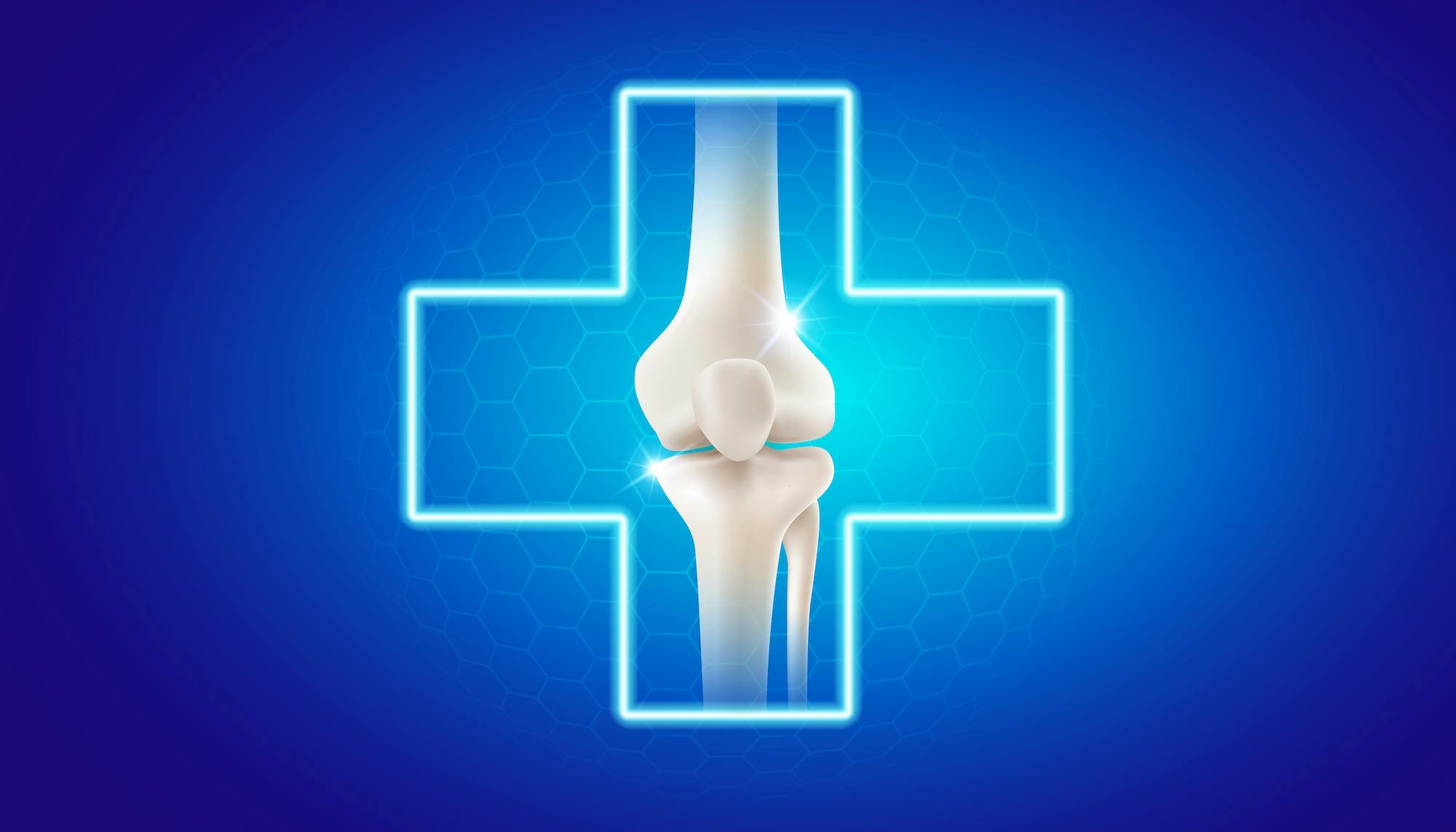- Blog
Is Platelet-Rich Plasma A Treatment Option for Me?
Posted on 04-16-2025 in Regenerative Medicine by Dr. Chris O'Grady

Posted on 04-16-2025 in Regenerative Medicine by Dr. Chris O'Grady
What is Platelet-Rich Plasma (PRP)?
Surprising as it may be, human blood is made up of both liquid and solid components. The solids, which include red blood cells, white blood cells, and platelets, are suspended in a liquid called plasma to allow them to move more freely throughout the bloodstream. Many people can name the functions of red and white blood cells, but platelets tend to be less understood by the general public. Best known for facilitating the clotting of blood, platelets are now being recognized for the crucial role they play in the healing process. Platelets contain hundreds of proteins called growth factors, which reduce pain and inflammation and promote healing and are a vital part of the recovery process.
Platelet-rich plasma (PRP) describes the end product of a patient’s blood that has been extracted and refined to create a far higher concentration of platelets than would normally be present. This preparation is then injected into the site of injury and the platelets are allowed to go to work promoting healing in the affected structure. PRP injections are always created from a patient’s own blood, so there are never any foreign substances being introduced to the body during the procedure; it is simply the patient’s own blood that has been processed, without additives, to contain high levels of the body’s naturally occurring healing cells.
How Does PRP Work?
While the precise biological mechanisms that allow PRP to work are still being understood, the general consensus is that delivering an increased concentration of platelet-based growth factors at the site of injury helps to reduce pain and inflammation and may expedite the healing process. Animal studies have shown that PRP treatments can generate rapid collagen and blood vessel growth in surgically-created soft tissue lesions, but it should be noted that these results can not be directly extrapolated to humans. However, they can absolutely be used to support the theory that concentrations of platelet-rich blood have the potential to promote healing in damaged tendons, ligaments and muscles. Numerous studies are underway around the world aimed at better understanding the impact PRP injections have on healing and recovery, as well as the best ways to incorporate the procedure into clinical practice.
Common Conditions Treated with PRP
As stated above, there is a wide body of research currently being conducted to better understand how PRP works and what injuries it can be best used to treat. The general understanding is that PRP can play a vital role in recovering from the acute or chronic tendon, ligament, and muscle injuries; arthritis, particularly arthritis of the knee; and, to a very limited degree, fractures. While it is still much too soon to draw concrete conclusions from these studies, anecdotal evidence, particularly that emerging from the treatment of high-level athletes, indicates that the use of PRP injections is very effective in promoting healing and decreasing recovery time.
Risks Associated with PRP
While there is a certain level of risk involved with any medical procedure, PRP is very safe when compared to traditional surgical treatments; generally speaking, the procedure is no riskier than receiving a steroid injection. There are no incisions required for the procedure, so the risk of infection is very low and recovery time is virtually nonexistent. Furthermore, there are no additives or chemicals involved in the preparation of a PRP injection, so there are no foreign substances being introduced to the body during the procedure. These factors all combine to make PRP a safe procedure for treating musculoskeletal pain.
Who’s A Candidate for PRP Treatment?
Anyone who is suffering from a musculoskeletal soft-tissue injury could be a candidate for PRP injections. Whether your injury is chronic or acute, your physician could recommend PRP injections to promote healing and shorten your recovery time. Even if your injury requires surgical intervention, there are PRP techniques being used today that allow physicians to “stitch” PRP into surgically repaired tissue. The only way to know for sure whether or not PRP could help you is to consult with your physician, as there are numerous factors that could affect your eligibility for the procedure.

March is National Nutrition Month®, and as part of the conversation, the North Florida Bone & Joint team wants to emphasize the impact diet can have on your bone health. Before diving in, it's essential to understand the role the skeleton plays in your body. Specifically, the skeleton—and the bones its comprised of—serve the following functions:

At North Florida Bone & Joint Specialists, we’re committed to delivering convenient, expert care throughout the Gulf Coast. As part of that commitment, we’re excited to announce the expansion of our clinical office footprint. In March, we opened two new locations in Milton and Navarre, FL, further enhancing our ability to serve patients across Northwest Florida.

Valentine’s Day is all about love—so why not show your joints some love, too? Whether you’re an athlete, an active adult, or simply looking to maintain mobility as you age, taking care of your joints is essential for long-term health and well-being. At North Florida Bone & Joint Specialists, we believe that self-care isn’t just about relaxation—it’s about making intentional choices to keep your body strong, pain-free, and resilient. Here are four self-care tips to keep your joints healthy and moving with ease: